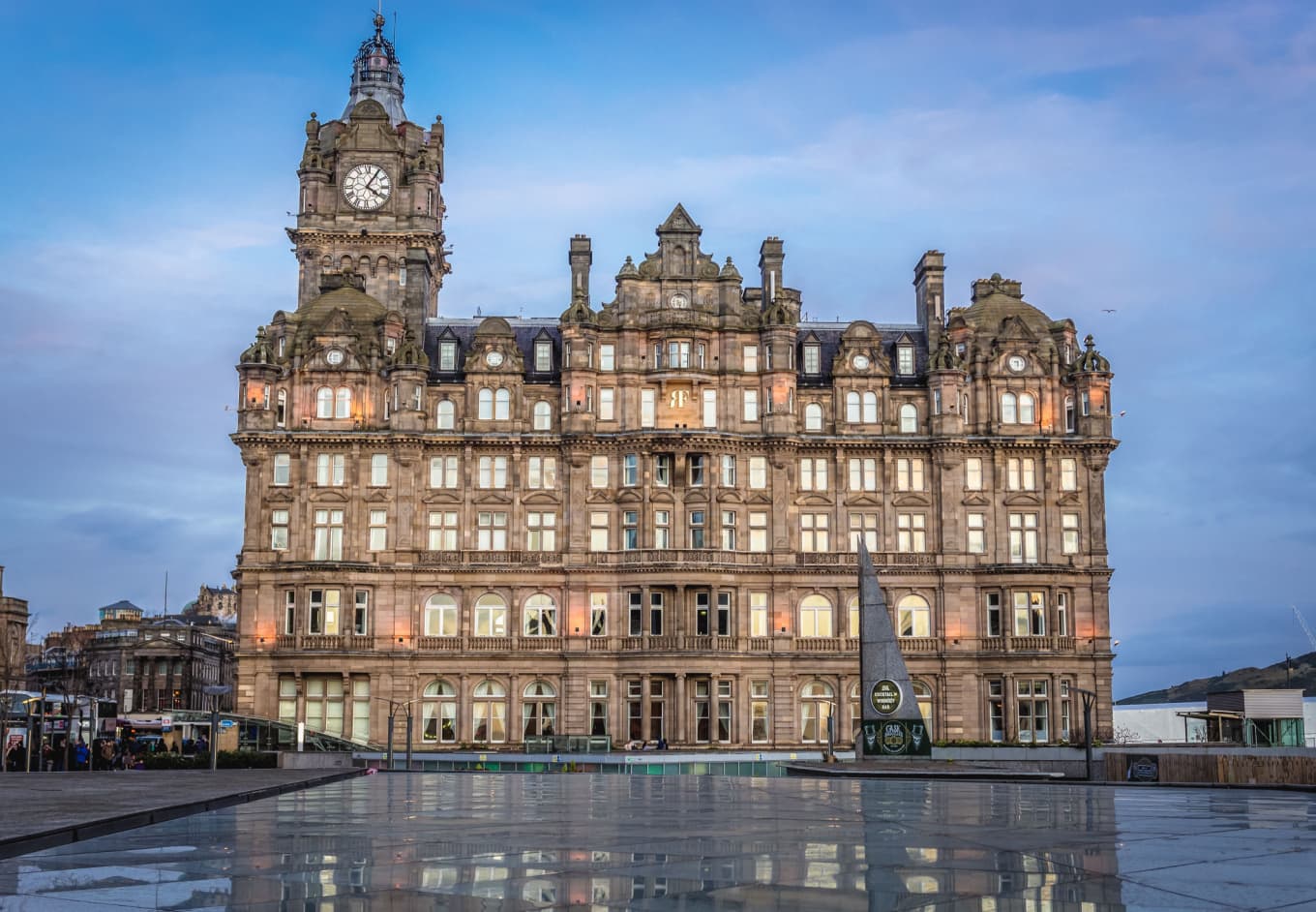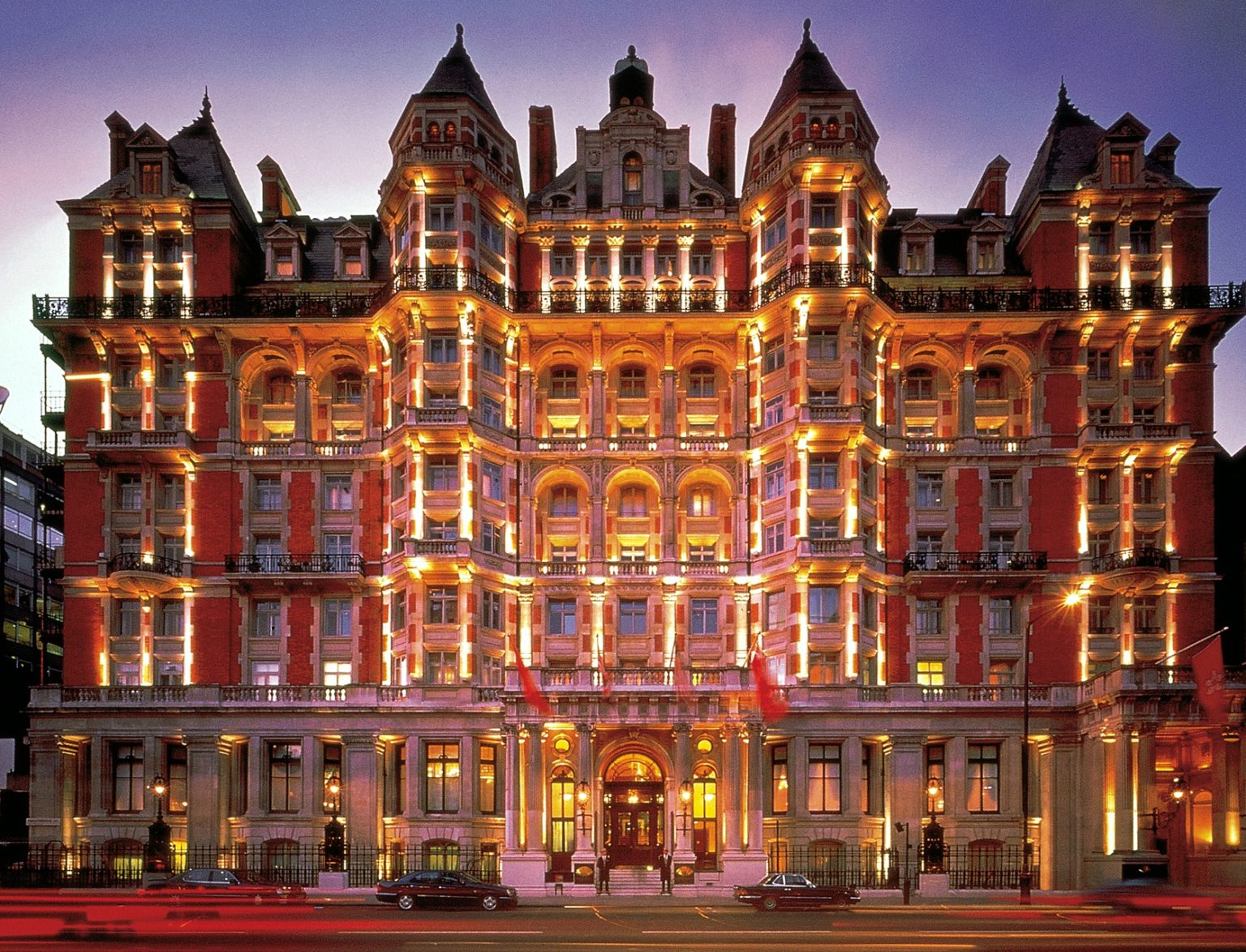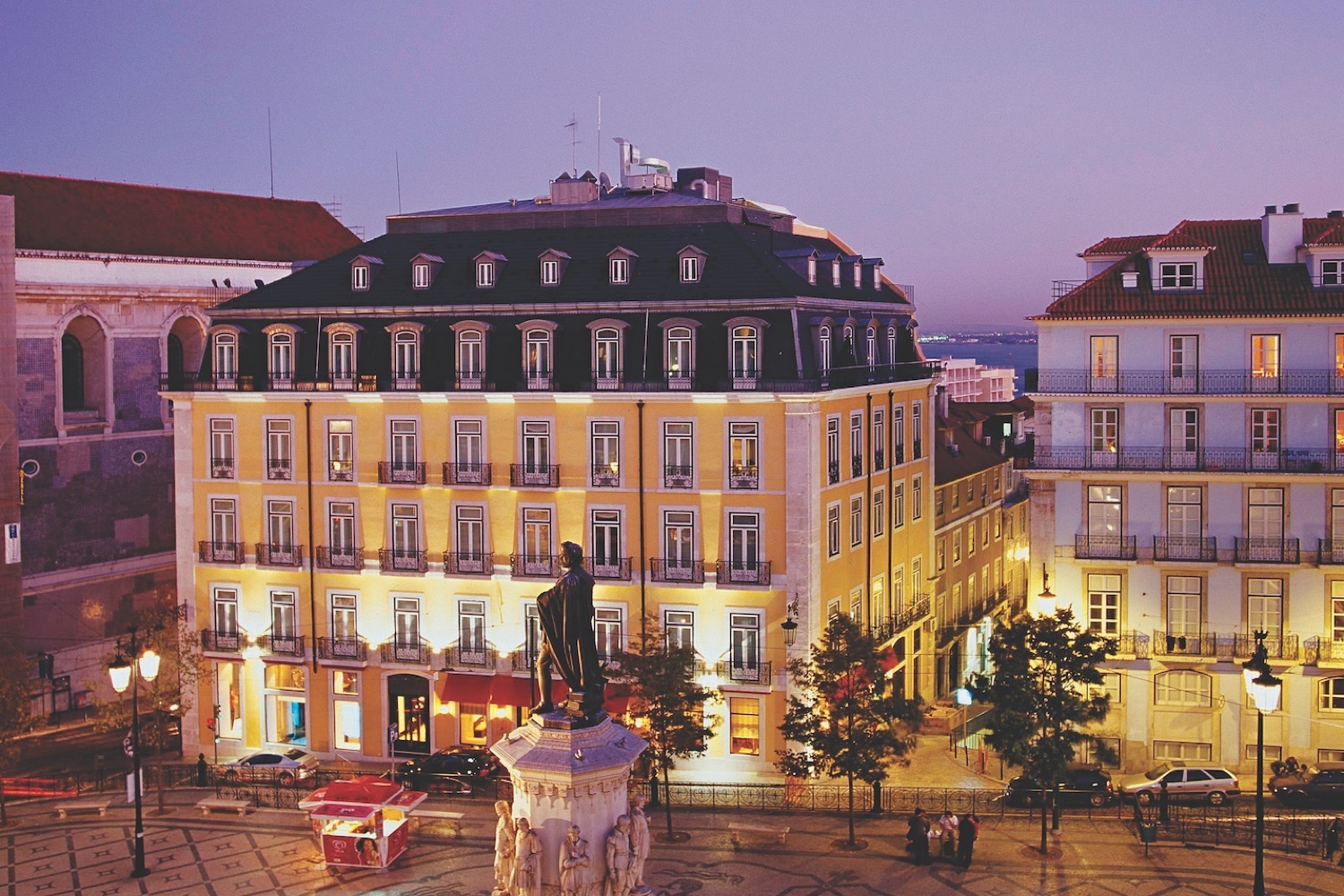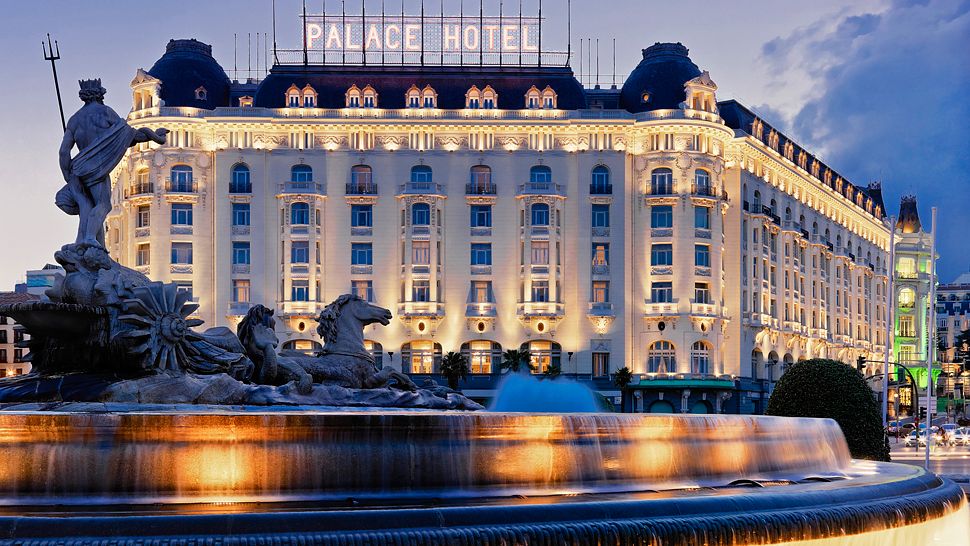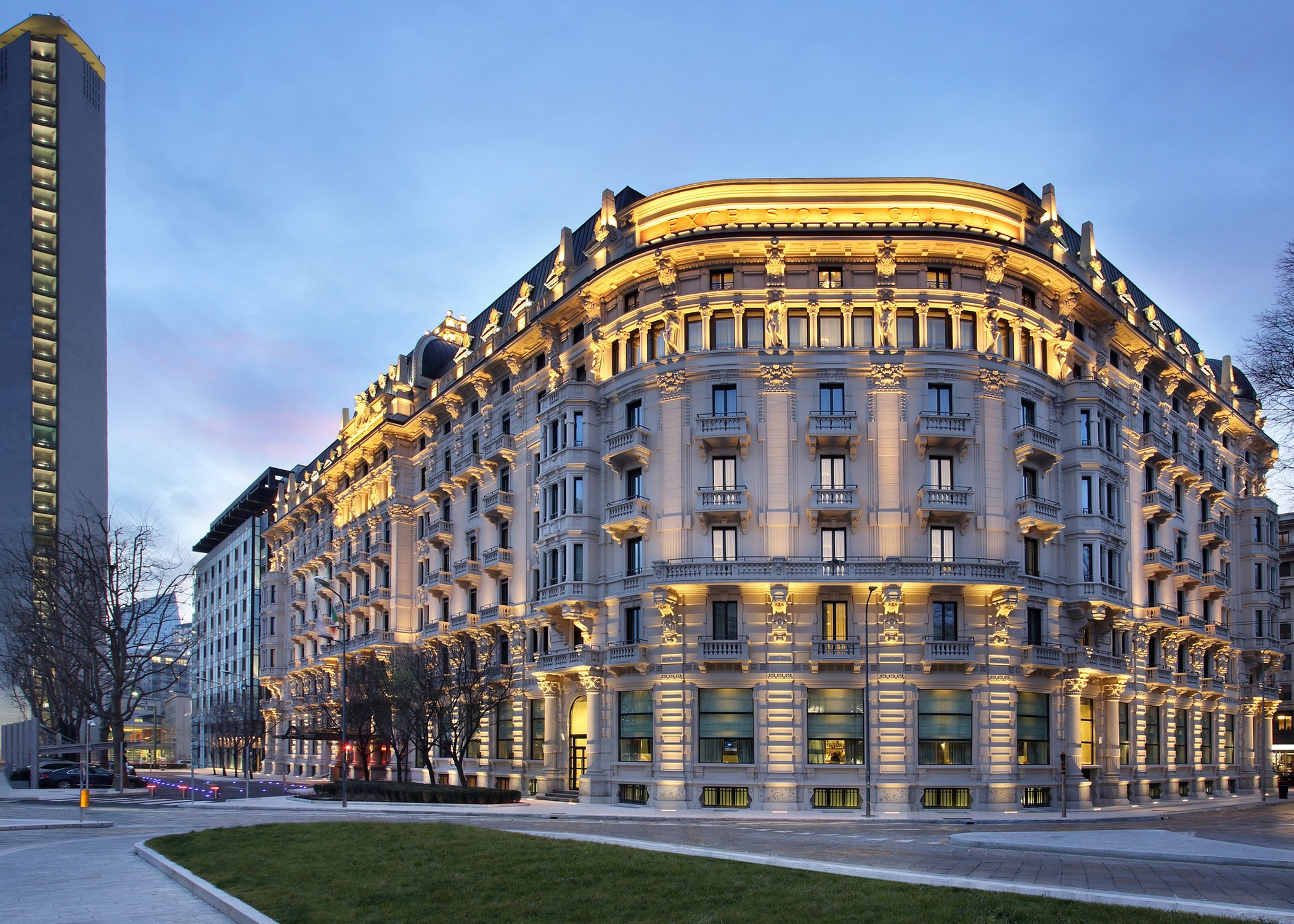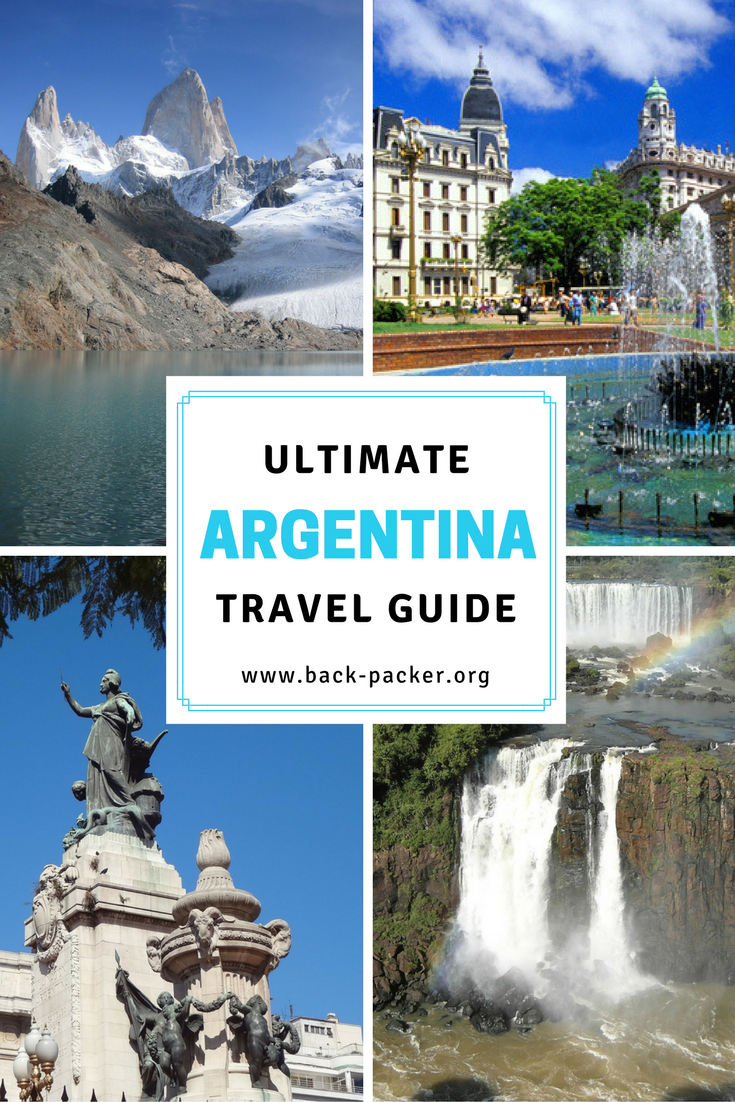
Argentina, a land of staggering contrasts, stretches from the icy embrace of Patagonia to the subtropical embrace of Iguazu Falls. It’s a country where the tango pulses through the veins of its cities, where vast estancias whisper tales of gaucho heritage, and where landscapes painted by nature’s most dramatic brushstrokes await. From the vibrant energy of Buenos Aires to the rugged majesty of the Andes, Argentina offers an unforgettable journey for every kind of traveler. This comprehensive guide will equip you with everything you need to navigate this captivating South American gem.
A Glimpse into Argentina’s Rich Tapestry: History and Culture
Argentina’s history is a fascinating blend of indigenous cultures, Spanish colonization, and a relentless pursuit of national identity. For millennia, the land was inhabited by diverse indigenous groups, each with their own unique traditions. The arrival of Spanish conquistadors in the 16th century marked a pivotal turning point, leading to the establishment of viceroyalties and the imposition of colonial rule.

Related Articles about Argentina: A Tapestry of Wonders – Your Ultimate Travel Guide:
- India: A Traveler’s Guide to a Land of Infinite Wonders
- China: A Journey Through Time, Culture, and Unforgettable Landscapes
- A Journey Through Enchantment: Your Ultimate Travel Guide to Malaysia
- The American Tapestry: A Comprehensive Travel Guide to the United States
- Brazil: A Symphony of Sun, Samba, and Unforgettable Adventures
The 19th century saw Argentina emerge as an independent nation, grappling with internal conflicts and the development of its unique identity. The influx of European immigrants, particularly from Italy and Spain, profoundly shaped its culture, language, and cuisine. This era also witnessed the rise of the gaucho, the iconic Argentine cowboy, whose spirit of independence and connection to the land remains deeply ingrained in the national psyche.
The 20th century brought periods of political upheaval, military dictatorships, and economic challenges, but also fostered a vibrant artistic and intellectual scene. Today, Argentina is a dynamic nation, proud of its European heritage, its passionate culture, and its breathtaking natural beauty.
Unveiling Argentina’s Crown Jewels: Top Attractions
Argentina’s diverse geography translates into an equally diverse array of attractions, catering to every taste and interest.
1. Buenos Aires: The Paris of South America: The pulsating heart of Argentina, Buenos Aires is a city that ignites the senses.
- La Boca: Famous for its colorful Caminito street, a vibrant pedestrian alleyway adorned with brightly painted buildings, tango dancers, and street artists.
- Recoleta Cemetery: An opulent necropolis, a city of the dead, where ornate mausoleums house the remains of Argentina’s most prominent figures, including Eva Perón.
- Palermo: The city’s largest barrio, boasting lush parks, trendy boutiques, and a thriving nightlife. Don’t miss the Rose Garden (Rosedal) and the Japanese Garden.
- San Telmo: The historic bohemian district, known for its antique markets, cobblestone streets, and impromptu tango performances on Sundays.
- Teatro Colón: A world-renowned opera house, a masterpiece of architecture and acoustics, offering guided tours and unforgettable performances.
- Tango Experiences: Immerse yourself in the soul of Argentina with a tango show or a beginner’s lesson.
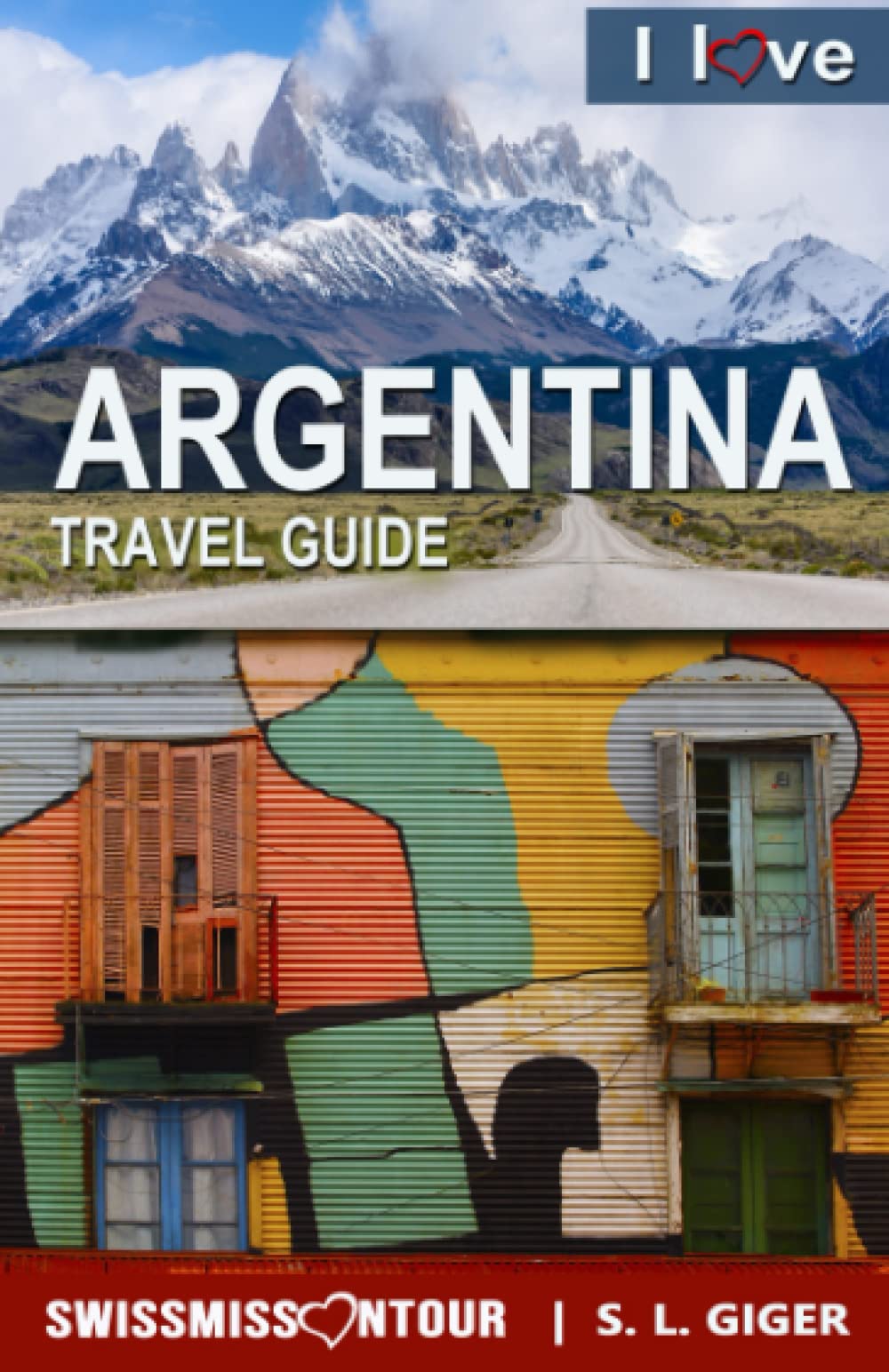
2. Iguazu Falls: Nature’s Majestic Symphony: Straddling the border with Brazil, Iguazu Falls is a UNESCO World Heritage Site and one of the most awe-inspiring natural wonders on Earth.
- Argentine Side: Offers a more immersive experience, with boardwalks that take you incredibly close to the thundering cascades, including the Garganta del Diablo (Devil’s Throat). Boat tours allow you to get drenching close to the falls.
- Brazilian Side: Provides panoramic vistas of the entire falls system, offering a broader perspective of its immense scale.
3. Patagonia: A Realm of Ice and Fire: This vast, sparsely populated region in the south is a hiker’s paradise and a photographer’s dream.
- El Calafate & Perito Moreno Glacier: The gateway to Los Glaciares National Park, home to the magnificent Perito Moreno Glacier, a colossal ice river that constantly calves icebergs with a thunderous roar. Boat tours and trekking on the glacier itself are unforgettable experiences.
- El Chaltén: The Trekking Capital: Nestled at the base of Mount Fitz Roy and Cerro Torre, El Chaltén offers world-class hiking trails for all levels, with breathtaking views of jagged peaks.
- Ushuaia: The End of the World: The southernmost city in the world, Ushuaia is the launching point for Antarctic cruises and offers stunning scenery of the Beagle Channel, Tierra del Fuego National Park, and opportunities for whale watching.
4. Mendoza: The Land of Malbec: Argentina’s premier wine region, nestled at the foot of the Andes, is a must-visit for oenophiles.
- Vineyard Tours and Tastings: Explore world-class wineries, learn about the winemaking process, and savor the renowned Malbec grapes.
- Andes Adventures: Beyond wine, Mendoza offers opportunities for hiking, horseback riding, and even skiing in the winter months.
5. Salta and the Northwest: Andean Charm and Colonial Echoes: This region boasts dramatic landscapes of colorful mountains, salt flats, and ancient indigenous cultures.
- Quebrada de Humahuaca: Another UNESCO World Heritage site, a stunning canyon with vibrant rock formations and charming colonial towns like Purmamarca and Tilcara.
- Train to the Clouds (Tren a las Nubes): A spectacular scenic train journey that winds through the Andes, offering breathtaking views and a glimpse into rural Argentine life.
- Cafayate: A smaller wine region known for its Torrontés grape, offering a more intimate wine tasting experience.
Essential Travel Tips for Argentina
Navigating Argentina is a rewarding experience with a little preparation. Here are some key tips to enhance your journey:
- Language: Spanish is the official language. While English is spoken in tourist areas and by some hotel staff, learning a few basic Spanish phrases will greatly enhance your interactions and experiences.
- Currency: The Argentine Peso (ARS) is the official currency. Exchange rates can fluctuate, so it’s advisable to check current rates before your trip. Credit cards are widely accepted in larger cities and tourist establishments, but carrying some cash is essential for smaller vendors and remote areas.
- Tipping: Tipping is customary in restaurants (around 10%), for hotel staff, and tour guides.
- Safety: Argentina is generally a safe country for tourists. However, like any major city, Buenos Aires has areas where petty crime can occur. Be aware of your surroundings, especially in crowded places, and avoid displaying valuable items.
- Visas: Check visa requirements for your nationality well in advance of your trip.
- Electricity: The standard voltage is 220V, and plug types are typically Type I (three flat pins in a triangular pattern). Bring an adapter if necessary.
- Tap Water: In most major cities, tap water is safe to drink. However, if you have a sensitive stomach, it’s advisable to stick to bottled water.
- Pace Yourself: Argentina is a vast country. Don’t try to cram too much into a short trip. Allow ample time to savor each destination.
Accommodation Options: From Budget to Boutique
Argentina offers a diverse range of accommodation to suit every budget and travel style:
- Hostels: A fantastic option for budget travelers and solo adventurers, offering dormitory beds and private rooms, as well as social atmospheres.
- Hotels: From comfortable mid-range hotels to luxurious five-star establishments, you’ll find a wide selection in all major cities and tourist hubs.
- Apartments and Airbnb: Ideal for longer stays or for families and groups, offering more space and the ability to self-cater.
- Estancias: For a truly unique Argentine experience, consider staying at an estancia, a traditional ranch, where you can immerse yourself in rural life, enjoy horseback riding, and savor authentic Argentine cuisine.
- Guesthouses (Hosterías): Often found in smaller towns and villages, offering a more intimate and personalized experience.
Navigating Argentina: Transportation Options
Getting around Argentina is an adventure in itself, with various options to suit your needs:
- By Air: For covering long distances between cities, domestic flights are the most efficient option. Aerolíneas Argentinas is the national carrier, with other regional airlines also operating.
- By Bus: Argentina has an extensive and well-developed bus network, making it a popular and affordable way to travel between cities. Buses range from comfortable executive class to luxurious sleeper options.
- By Train: While not as extensive as the bus network, trains are a scenic option for certain routes, particularly the iconic "Tren a las Nubes" in Salta.
- Car Rental: Renting a car offers flexibility, especially for exploring more remote areas or national parks. However, be aware that driving in Argentina can be challenging, with varying road conditions and driving styles.
- Taxis and Ride-Sharing: Taxis are readily available in cities. Ride-sharing apps like Uber and Cabify are also operational in Buenos Aires and other major centers.
- Within Cities: Public transportation in Buenos Aires is efficient, with a comprehensive subway system (Subte) and extensive bus routes. Taxis and ride-sharing are also convenient for getting around within urban areas.
The Best Time to Visit Argentina: Seasons and Sensations
Argentina experiences diverse climates due to its vast north-to-south stretch. The "best" time to visit depends largely on your chosen destinations and interests:
- Spring (September to November): This is an excellent time to visit most of Argentina. Buenos Aires enjoys pleasant temperatures, perfect for exploring the city. Patagonia begins to thaw, with wildflowers blooming and wildlife becoming more active. Mendoza’s vineyards are vibrant, and wine harvest season is in full swing.
- Summer (December to February): This is peak tourist season, especially in Patagonia and coastal areas. Expect warm to hot temperatures across the country. Iguazu Falls is at its most powerful, and beach destinations are popular. However, crowds can be larger, and prices higher.
- Autumn (March to May): Another fantastic time to visit. Buenos Aires experiences mild weather, and the fall foliage in Patagonia is spectacular. Wine harvest continues in Mendoza. This is a great shoulder season for fewer crowds and pleasant temperatures.
- Winter (June to August): This is the ideal time to visit the ski resorts in the Andes, such as Bariloche and Las Leñas. Patagonia can be very cold and some areas may have limited access due to snow, but it offers a dramatic and serene landscape for the intrepid traveler. Buenos Aires experiences cooler temperatures, perfect for museums and indoor activities.
For specific regions:
- Buenos Aires: Spring and Autumn offer the most pleasant weather.
- Iguazu Falls: Can be visited year-round, but summer (December-February) sees the highest water levels. Autumn and Spring offer more comfortable temperatures.
- Patagonia: Summer (December-February) is the prime time for hiking and outdoor activities. Spring and Autumn offer stunning scenery with fewer crowds.
- Mendoza: Harvest season (February-April) is popular for wine lovers. Spring (September-November) and Autumn (March-May) offer pleasant weather for vineyard visits.
Embark on Your Argentine Adventure
Argentina is a country that will captivate your heart and soul. From the passionate rhythm of the tango to the breathtaking grandeur of its natural landscapes, it offers an unparalleled travel experience. With this comprehensive guide, you are well-equipped to plan your unforgettable journey to this South American masterpiece. Pack your sense of adventure, open your mind to new experiences, and prepare to be enchanted by the magic of Argentina.
